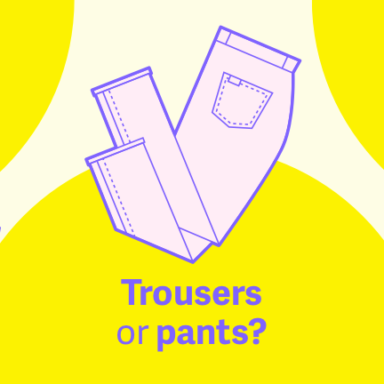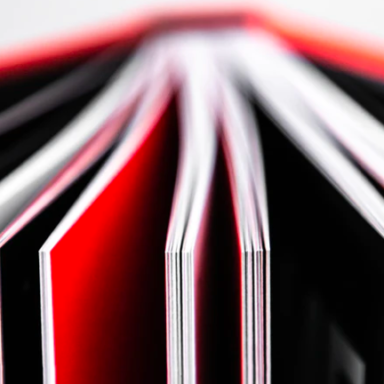Bill design — like Tetris, but better!
To state the obvious: Bills are complex. Your bill design needs to make it easy for people to see what to pay and when to pay it, to support your business.
But despite being a regular touchpoint that every single customer gets, the potential of bills as a brand communication is too often left untapped.
We think differently about bill design
First, yes, we make them easy to follow. But we also make sure they add real value with flexible content that’s as personalized as possible.
We Tetris-ize the whole thing, breaking the messages down into chunks and then building each bill back up piece by piece for each customer.
But you need to look at the big picture before crunching it down into Ts, Ls and Zs.
First, think with pyramids
Journalists often write using the inverted pyramid structure. The model is useful when it comes to bill and statement design too, because it sets clear priorities for ordering content.

Essentially, as you move down the inverted pyramid, there are fewer headlines, and more follow-ups. Makes sense, right?
But while this model helps to set priorities (and it’s highly transferable to other contexts too), it can’t dictate the actual content. For that, you need to think more about who’s receiving the bill.
Remember — each customer is a person
This doesn’t only mean speaking to them like a human. Though that’s really important too.
Bills are, by their nature, a piece of collateral created ‘just for you’.
But you can do much more than just telling people how much they owe.
Tell a story
We create personal usage stories, with easy-to-follow data visualizations from our resident information design experts. This helps each customer see where they could cut back and save money.
And this encourages them to interact with future bills, to check how much they’ve saved – and see what else they can do.
Change behavior
Bills are an unmissable opportunity to help make your customers’ lives easier — saving both them, and your business, money and effort:
- Make online accounts a no-brainer, to reduce inbound contact
- Offer a switch to paperless bills to save money on printing
- Maximize ROI on your other services by promoting them in bills
But when you’ve got a limited space to play with, you need to be careful of information overload. Which is why we design bill systems, not just bill designs.
Bill design Tetris
Now you’ve got a plan on how to structure and lead people through the bill — it’s time to carve it up.
When you have millions of customers to cater for, you can’t write each bill individually. But if you trade static templates for a flexible modular system, where blocks drop in and out, you can do a lot more.
Fit the blocks together perfectly to create a ‘right place, right time’ approach — which you can customize based on what you know about different groups of customers.
This lets you keep things fresh, and change behavior incrementally across several bills, rather than overwhelming readers with all your CTAs at once.
Don’t let your brand fall behind
With so many stakeholders involved, and so much to be communicated, it’s too easy to lose the brand experience. Which brings us back to evolving the way companies think about bills.
They shouldn’t be a purely transactional document. Bearing in mind how many of your customers will receive a bill — that’s all of them — bills need to be a best-in-class brand experience that let your core values shine through.
So we carefully balance all the technical and regulatory needs with your overarching business objectives. To provide the best of both worlds.
Looking for a new way forward, for your customer bills?
We may be old hands at bill design, but we’re always challenging ourselves to do even better with every project.
And you’d be surprised at how much you can do with a great bill. We’ve helped clients massively reduce inbound calls, cut complaint rates, improved water-saving behavior and won awards for ease and clarity.















